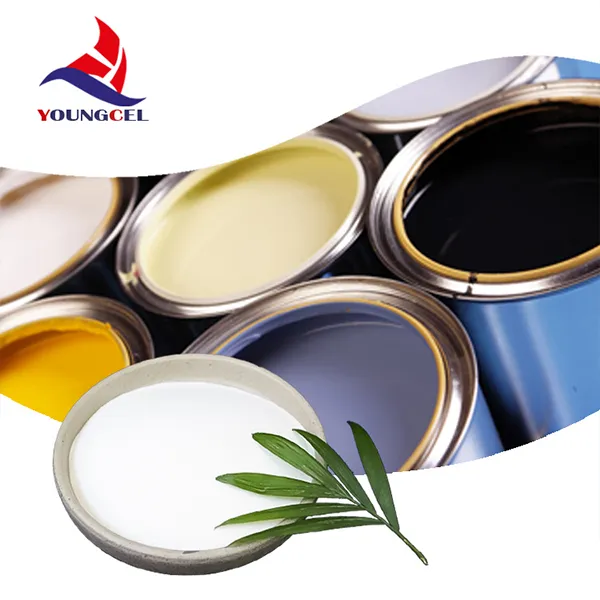Understanding Additive Percentages in Putty Production
Putty, a versatile and widely used paste, plays a vital role in various applications, including construction, interior design, and maintenance. Its primary purpose is to fill gaps, cracks, and imperfections in surfaces, ensuring an even finish for paints and other coatings. The effectiveness of putty is not solely reliant on its base material but also significantly influenced by the additives incorporated into the formulation. This article explores the concept of additive percentages for putty, emphasizing their importance, types, and impact on performance.
The Role of Additives in Putty
Additives are substances added to a material to enhance its properties or confer specific characteristics. In putty production, additives can improve adhesion, flexibility, drying times, water resistance, and even color consistency. The choice and percentage of these additives are crucial, as they determine the overall quality and performance of the putty.
Common Types of Additives
1. Fillers Fillers are often incorporated to improve the density and texture of the putty. Common fillers include calcium carbonate, talc, and silica. These materials impact the putty’s weight, shrinkage, and hardness.
2. Binders Binders help maintain the cohesion of the putty. Polymer emulsions, such as acrylic or vinyl, are frequently used, as they provide strong adhesive properties and improve flexibility.
3. Plasticizers These additives increase the workability of the putty, making it easier to apply. Plasticizers reduce brittleness and enhance the pliability of the material.
4. Thickeners Thickeners give putty its desired consistency, preventing it from running or sagging during application. Examples include cellulose derivatives and synthetic polymers.
5. Biocides and Preservatives To prevent microbial growth and prolong shelf life, biocides are often included. This characteristic is particularly important for putties stored for extended periods.
additive for putty

Determining Additive Percentages
The percentage of each additive in a putty formulation is typically determined through extensive research, trials, and industry standards. The correct balance is essential; too much of an additive can lead to undesirable characteristics, such as reduced adhesion or increased drying time. Conversely, too little may not yield the benefits intended.
For instance, if fillers are used excessively, the putty may become too dense, making it difficult to apply and increasing the risk of cracking. On the other hand, insufficient fillers can lead to a putty that lacks bulk and is ineffective in filling larger gaps.
Formulation Considerations
When formulating putty, manufacturers must consider various factors, including
- Intended Use The application context will dictate the required properties of the putty. For example, exterior putties need superior water resistance and weatherability, while interior putties may prioritize smooth finishes.
- Environmental Regulations Increasingly stringent environmental regulations influence the choice of additives, particularly regarding volatile organic compounds (VOCs). Many manufacturers are now opting for low-VOC formulations to minimize environmental impact.
- Cost Efficiency While high-quality additives can enhance performance, manufacturers must balance effectiveness with production costs. Optimizing the formulation not only improves the product but also ensures competitive pricing in the market.
Conclusion
Additive percentages play a crucial role in the formulation of putty, influencing its performance, application process, and longevity. By carefully selecting and balancing the types and amounts of additives, manufacturers can optimize putty for various applications, ensuring it meets the needs of consumers and professionals alike. As the demand for advanced materials grows, ongoing research and innovation in putty formulations will continue to shape the industry, leading to improved products that deliver superior results.
-
The Application and Significance of Construction RdpNewsMay.19,2025
-
Industrial Grade HpmcNewsMay.19,2025
-
Building Coating Adhesive Building Coating Adhesive HpmcNewsMay.19,2025
-
Application Of Hpmc For Detergent For Detergent In DetergentsNewsMay.19,2025
-
Application Of Hpmc Cellulose In Cement-Based MaterialsNewsMay.19,2025
-
Application Of High Quality Hpmc For Construction In The Field Of ConstructionNewsMay.19,2025




